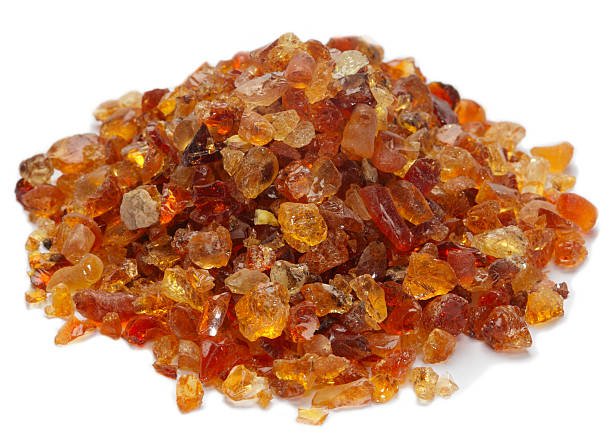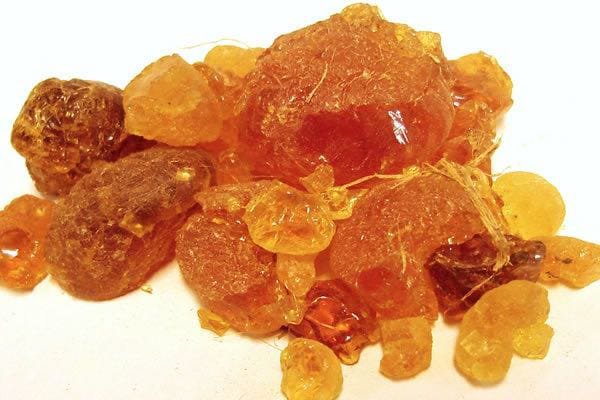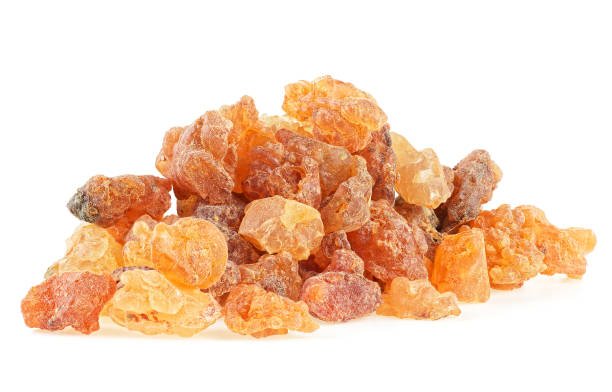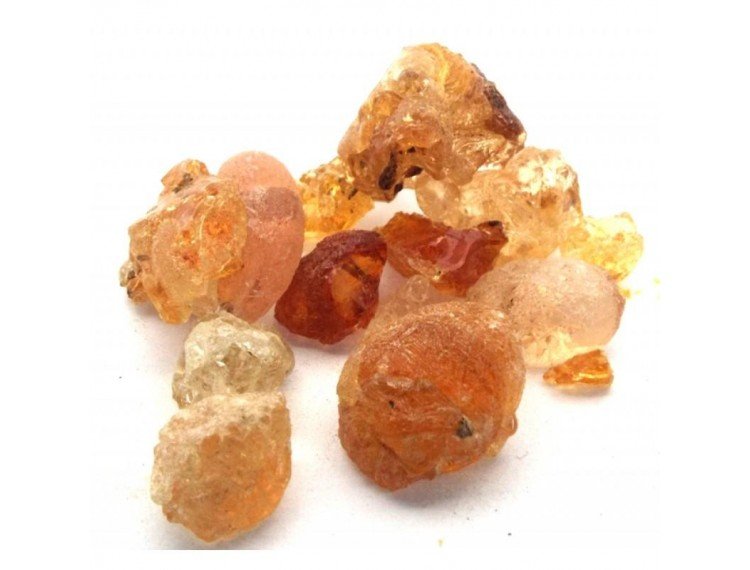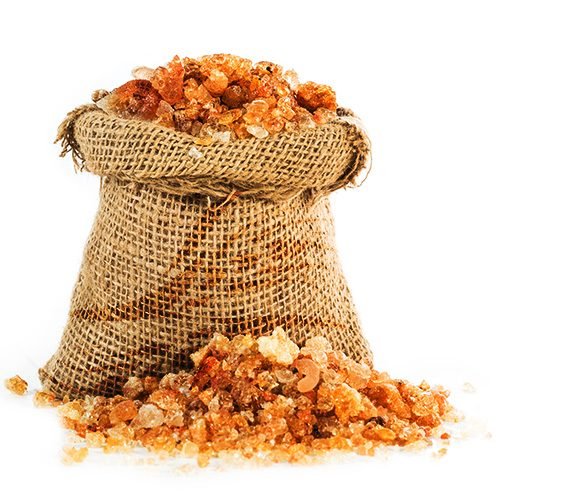Export Information on Gum Arabic (Egyptian Origin)
1. Product Name
Gum Arabic
Scientific Name: Acacia senegal or Acacia seyal
Common Names: Acacia Gum, Arabic Gum
Gum Arabic is a natural exudate obtained from the stems and branches of Acacia senegal and Acacia seyal trees. It is widely cultivated in Egypt, particularly in arid regions like the Nile Valley and Western Desert, where these acacia species thrive. Gum Arabic is a water-soluble polysaccharide known for its emulsifying, stabilizing, and thickening properties. It is used extensively in food, pharmaceuticals, cosmetics, and industrial applications.
Appearance : Off-white to pale yellowish-brown granules, flakes, or powder.
Texture : Fine, crystalline, and brittle when dry; becomes sticky when dissolved in water.
Odor : Odorless or slightly earthy.
Taste : Tasteless or mildly sweet.
Solubility : Fully soluble in water, forming a clear, viscous solution. Insoluble in alcohol and organic solvents.
Chemical Composition :
Primarily composed of complex polysaccharides (arabinogalactan, glycoprotein).
Contains ~80% carbohydrates, ~2–3% protein, and trace minerals.
pH Level : Approximately 4.5–5.5 (slightly acidic).
Ash Content : ~3–5%.
Moisture Content : Typically ≤ 12% to ensure preservation.
5. Nutritional Information (Per 100 g)
Calories : ~200 kcal
Protein : 2.0 g
Fat : 0.0 g
Carbohydrates : 88.0 g
Dietary Fiber : 85.0 g
Vitamins : Trace amounts of B vitamins.
Minerals :
Calcium: ~400 mg
Magnesium: ~100 mg
Potassium: ~300 mg
Color : Uniform off-white to pale yellow, free from dark spots or impurities.
Foreign Matter : ≤ 0.5% (no visible bark, sand, or contaminants).
Particle Size : Granules, flakes, or powder as per buyer specifications.
Purity : Free from adulterants, artificial additives, or chemical residues.
Organoleptic Properties : Odorless or mild earthy aroma; tasteless or slightly sweet.
Compliance with Local and European Specifications According to Food Safety
Total Plate Count (TPC) : ≤ 5,000 CFU/g
Yeast and Mold : ≤ 100 CFU/g
Coliforms : Absent in 1 g
E. coli : Absent in 1 g
Salmonella : Absent in 25 g
Aflatoxins : ≤ 4 ppb (as per EU standards).
8. Storage
Temperature : Store in a cool, dry place (≤ 25°C).
Humidity : Relative humidity should be ≤ 60% to prevent clumping or moisture absorption.
The packaging is in polypropylene bags, cardboard boxes, or as per customer request.
9. Shelf Life
Unopened Packaging : Up to 36 months under recommended storage conditions.
Opened Packaging : Consume within 12 months for optimal quality.
10. Applications
Used as an emulsifier, stabilizer, and thickener in beverages, confectionery, and baked goods.
Commonly found in soft drinks, chewing gum, and dairy products.
Pharmaceuticals :
Acts as a binder, coating agent, and stabilizer in tablets and capsules.
Used in syrups and oral suspensions for its viscosity-enhancing properties.
Cosmetics :
Incorporated into skincare products, shampoos, and lotions for its film-forming and moisturizing properties.
Industrial Uses :
Used in printing inks, adhesives, and paper coatings for its binding and stabilizing properties.
11. Origin
Country of Origin : Egypt
Egypt is one of the leading producers of high-quality Gum Arabic due to its arid climate and extensive cultivation of acacia trees.
Egyptian Gum Arabic is prized for its purity, consistency, and excellent functional properties.
Contact information:
